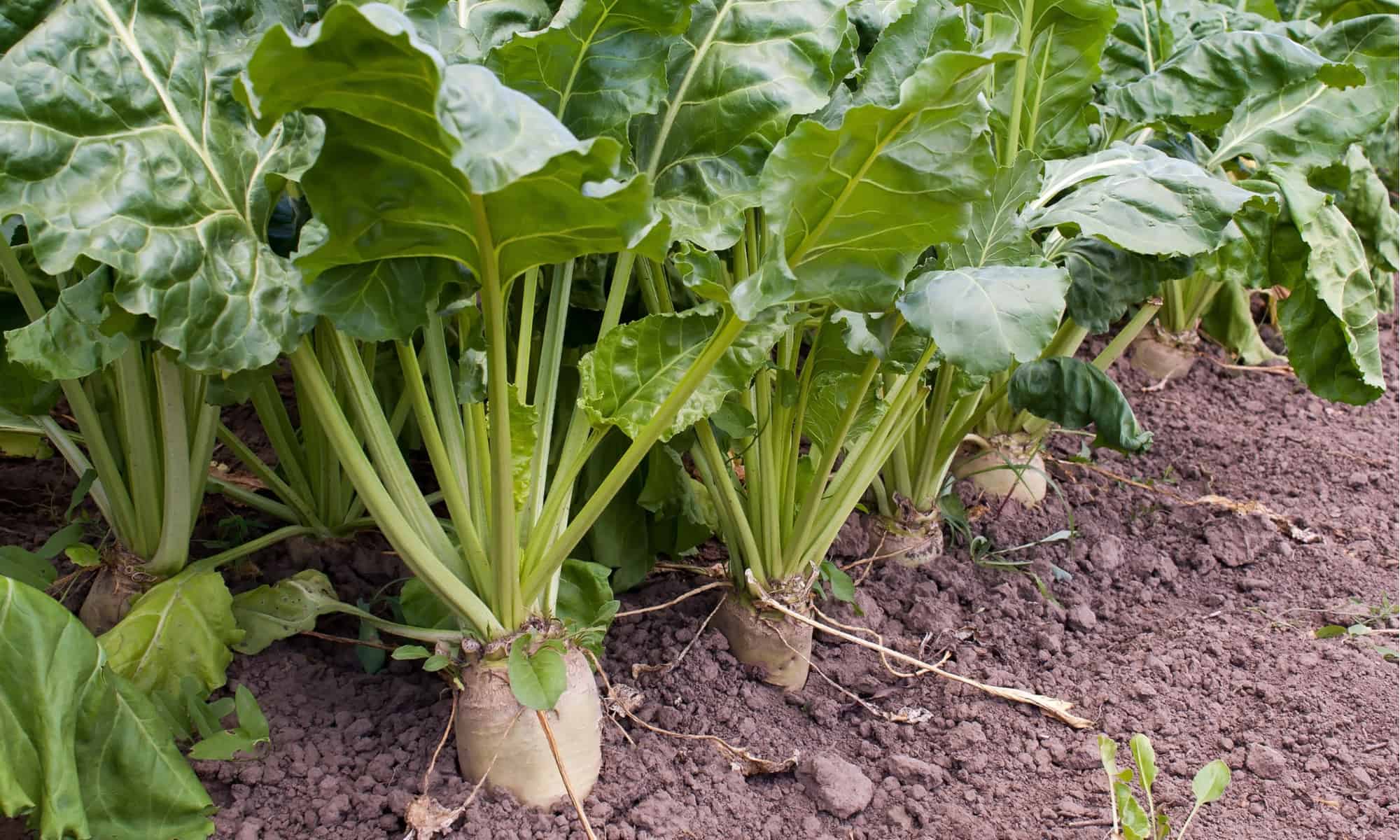Discover the Uses and Advantages of Beet Sugar Vs Cane Sugar in Your Daily Diet
Checking out the distinct top qualities of beet and cane sugar discloses even more than just their sweetening abilities; it highlights their unique effects on health and culinary arts. Beet sugar, recognized for its subtle taste, is frequently preferred in delicate treats, whereas cane sugar, with its tip of molasses, adds richness to durable dishes. Each type holds its very own nutritional profile and glycemic effects, inviting a deeper understanding of their functions in a balanced diet plan and sustainable usage techniques.
Origin and Production Procedures of Beet and Cane Sugar

The distinctive climates and dirt kinds required for growing sugar beetroots and sugarcane add to differences in their growing techniques and geographic distribution, affecting the business economics and sustainability of their production. beet sugar vs cane sugar.
Nutritional Comparison In Between Beet Sugar and Cane Sugar
Regardless of originating from various plants, beet sugar and cane sugar are nutritionally really similar, both mainly containing sucrose. Each gives about 4 calories per gram, equating to approximately 16 calories per tsp. Structurally, both sugars are made up of approximately 99.95% sucrose, with minimal amounts of various other materials like moisture and trace minerals, which do not dramatically alter their dietary profiles.

Inevitably, when choosing between beet sugar and cane sugar based on nutritional content alone, both offer similar benefits and disadvantages as they are basically types of the very same particle-- sucrose, giving fast power without various other nutrients.
Impact on Wellness: Glycemic Index and Caloric Material
Checking out even more into the effects of beet sugar and cane sugar on health, it is essential to consider their glycemic index and caloric content. Both sugars are classified as sucrose, which contains sugar and fructose. This make-up leads them to have a similar effect on blood sugar level degrees. The glycemic index (GI) of both beet and cane sugar is around 65, classifying them as high-GI foods, which can create fast spikes in blood sugar degrees. This is an important facet for people taking care of diabetic issues or those trying to maintain their power levels throughout the day.
Each sort of sugar contains around 4 calories per gram, making their caloric web content matching. For those keeping track of caloric consumption, particularly when taking care of weight or metabolic health and wellness conditions, understanding this equivalence is essential (beet sugar click vs cane sugar). Extreme consumption of any kind of high-calorie, high-GI food can add to wellness problems such as weight problems, heart disease, and insulin resistance.
Environmental and Economic Factors To Consider of Sugar Production
Beyond health influences, the manufacturing of beet and cane sugar likewise raises substantial ecological and economic concerns. Sugar beet farming often tends to webpage require cooler climates and has a reduced geographical footprint contrasted to sugar cane, which flourishes in tropical areas. Both plants are intensive in terms of water use and land line of work, potentially leading to logging and water scarcity. Economically, the global sugar market is extremely volatile, influenced by adjustments in global trade plans and aids. Lots of countries incentivize sugar production with financial backing, skewing market value and affecting small farmers adversely.
Furthermore, using chemicals and plant foods in both beet and cane sugar growing can bring about soil destruction and contamination, more affecting biodiversity and neighborhood water bodies (beet sugar vs cane sugar). The option between cultivating sugar beet or cane usually rests on local environmental conditions and financial aspects, making the sustainability of sugar manufacturing a complex issue
Culinary Applications and Taste Distinctions
While the environmental and economic facets of her explanation sugar manufacturing are certainly significant, the choice between beet and cane sugar also affects culinary applications and flavor profiles. Beet sugar, acquired from the sugar beet plant, is known for its incredibly neutral taste.
Walking stick sugar, removed from sugarcane, usually maintains molasses traces, which present a distinctive splendor and depth. The mild variation in wetness material in between beet and cane sugar can impact the appearance and uniformity of meals, making cane sugar a preferred selection for certain recipes that benefit from its unique homes.

Conclusion
To conclude, both beet and cane sugar have unique beginnings and manufacturing processes, providing comparable dietary accounts with minor distinctions in salt content and taste. While their influence on health and wellness, particularly relating to glycemic index and calories, is similar, the choice in between them often steams down to ecological, economic factors, and details cooking needs. Understanding these facets can assist consumers in making educated choices that align with their wellness goals and flavor choices.